York County place to come to take in works of pioneering photographer Glenalvin Goodridge
York Mayor Michael Helfrich has a city to run. But on a Friday evening in September, something else was top of mind.
He was taking in images by Glenalvin Goodridge that he never viewed before, pieces to add to a catalog he has compiled on the known work by York’s pioneering Black photographer.
He was moving from exhibit to exhibit on the second floor of the Goodridge Freedom Center to peruse pieces produced by this son of the building’s namesake, 1800s Underground Railroad operator William C. Goodridge.
It was opening night of a special exhibit at the East Philadelphia Street Goodridge Freedom Center: “Homecoming: The Glenalvin Goodridge Collection.”
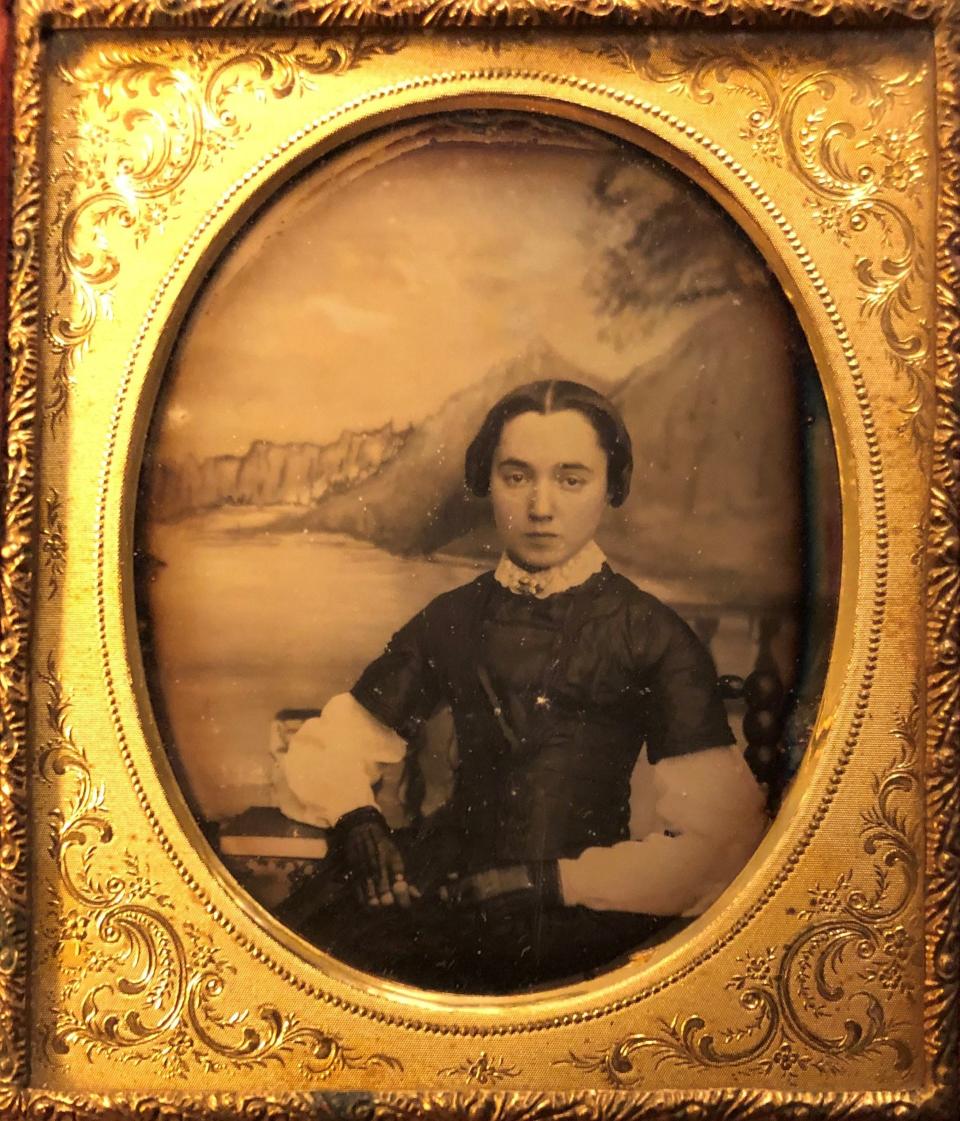
The title referenced the exhibit of five early images taken by Goodridge, some captured in the house that is now the Goodridge Freedom Center. So images made by Goodridge (1829-1867) were back home in their original studio.
Helfrich has a long track record of mastering things. As riverkeeper in his days before becoming mayor, he understood Lower Susquehanna waterways better than anyone. Along the way, he became an expert on the American Revolution’s Thomas Paine and the controversial patriot’s writings and legacy in York. And he learned the complexity of York city government serving on council and now as mayor.
And on top of those varied areas, he’s a student deep into the study of Glenalvin Goodridge’s work. Well, more than a student. He owns 12 Goodridge-made images himself, and his catalog of known Goodridge pioneering work showcases 73 of them. More than 50 are in museums or private hands in York, prompting Helfrich to say in an interview that York is the place to come to examine the photography of Glenalvin Goodridge.
The Smithsonian has acquired several Goodridge images, as well as those from two other early Black photographers. A story the July/August Smithsonian Magazine notes that Goodridge’s studio was running a few years after the well-known photographer Mathew Brady opened his New York studio in 1844.
“Glenalvin Goodridge,” Helfrich says, “deserves the recognition he is finally getting.”
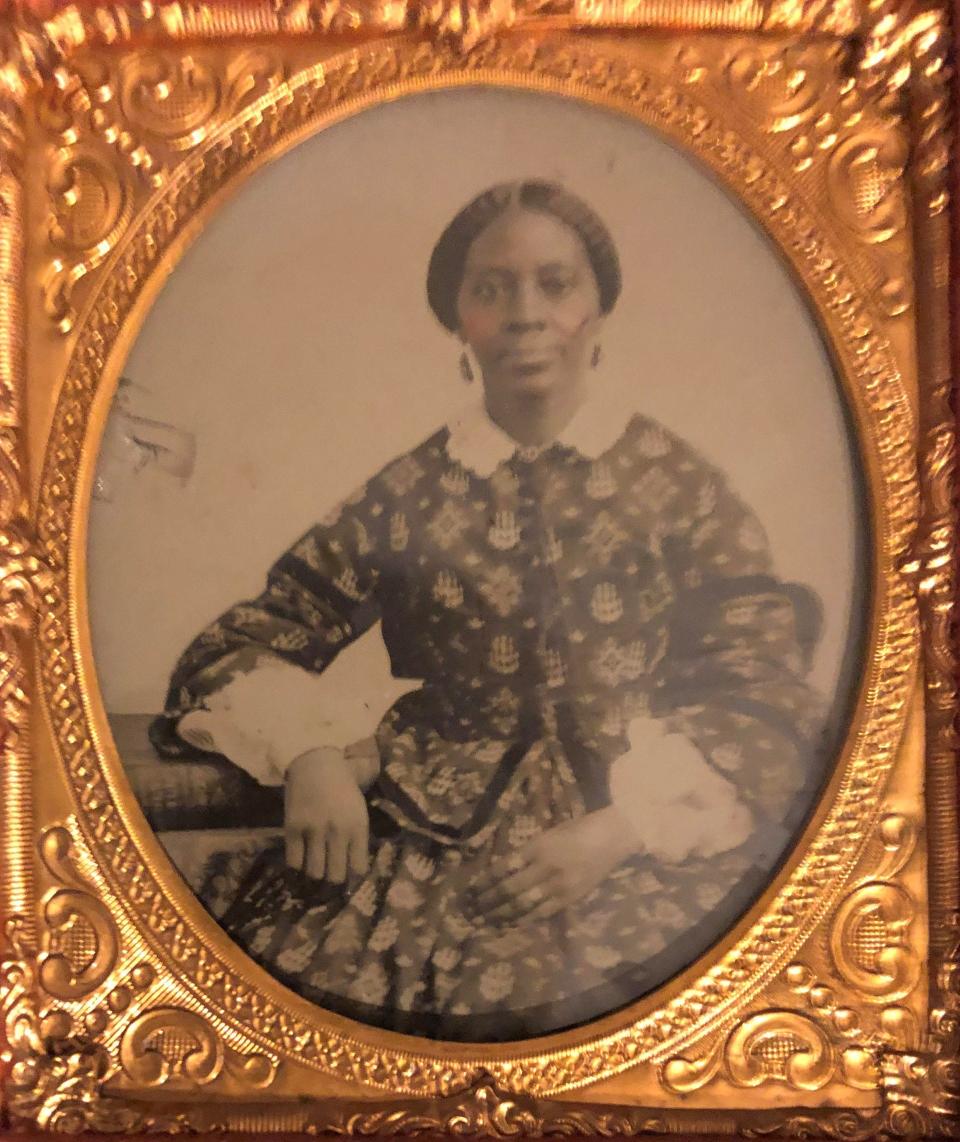
Learning about Goodridge
I posed four questions to Helfrich about Goodridge’s photographic work and legacy:
Q. Why is the photography of Glenalvin Goodridge so sought after, important and meaningful in York County and nationally?
A. Glenalvin Goodridge is not the first African American photographer, but he is one of the first 10 in the world, beginning his career only nine years after the first blurred image of a human was captured in 1838. As a young teacher, Glenalvin built a successful photography business, garnering support in a community that had mixed opinions on whether an African American should even be free to walk the streets.
As he built his business, he included his family, and passed his skills on to his younger brothers, Wallace and William O. Goodridge, who continued to excel in photography for another 55 years after Glenalvin’s death, making this 75-year-old company the longest-lived African American-owned photography business in history.
We are at a time in this country when many people are putting energy into accentuating the work of nonwhite male contributors to our history, arts and culture; people who helped make America but have been so often left out of our history books and classrooms. Glenalvin Goodridge deserves the recognition he is finally getting.
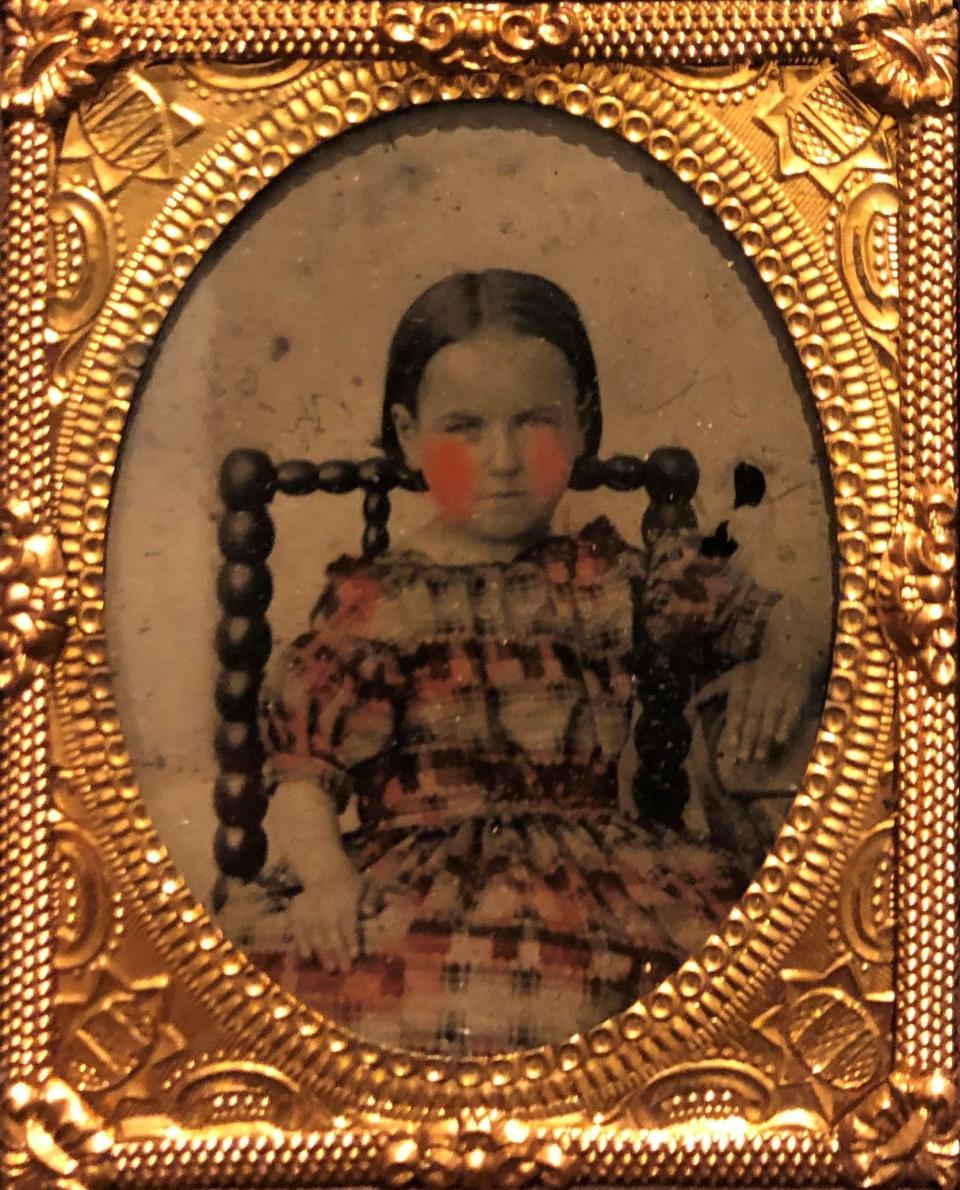
Q. As best as can be determined, what is the number of Glenalvin Goodridge’s photographic works in various collections in York County; for example, at the York County History Center, Goodridge Freedom Center, in your collection and other private collections?
A. It is hard to say how many Glenalvin Goodridge images are out there. He must have taken thousands of images. I am certain that hundreds remain in the attics, trunks, and nearly forgotten shoeboxes in homes all over York County.
During the time he was working, there was also a great migration to the west. Goodridge images could be anywhere. Two of the images I found that are now in the Goodridge Freedom Center collection were of a couple married in York in 1850. When I obtained the images, they included letters and pictures of the tombstones of Leah and Joseph Fitz in Panora, Iowa. The images were found in Montana. Goodridge images are held in collections at Yale and Michigan universities and in June I found an undocumented one at Ohio State.
There are several Goodridge images in the L.J. West Collection of Early African American Photography that was recently acquired by the Smithsonian American Art Museum, and just two weeks ago, the National Gallery of Art acquired the Ross J. Kelbaugh Collection that includes at least three Goodridge images.
But York County has by far the highest concentration of Glenalvin Goodridge images. Out of the 73 I have documented with permission of the owners or institutions, 27 are at the York County History Center. The Goodridge Freedom Center just acquired five images and has another four on loan from Alison Renner, a York County resident who is a professional in photography history and curated the Goodridge image “Homecoming” exhibit recently revealed at the Goodridge Freedom Center.
I have 12 in my collection and know of another five in private collections here in York. That’s 53 of the 73 that I have documented. I know of more out there in private collections, but I certainly believe that York is the place to come if you are interested in examining the variety of works of Glenalvin Goodridge.
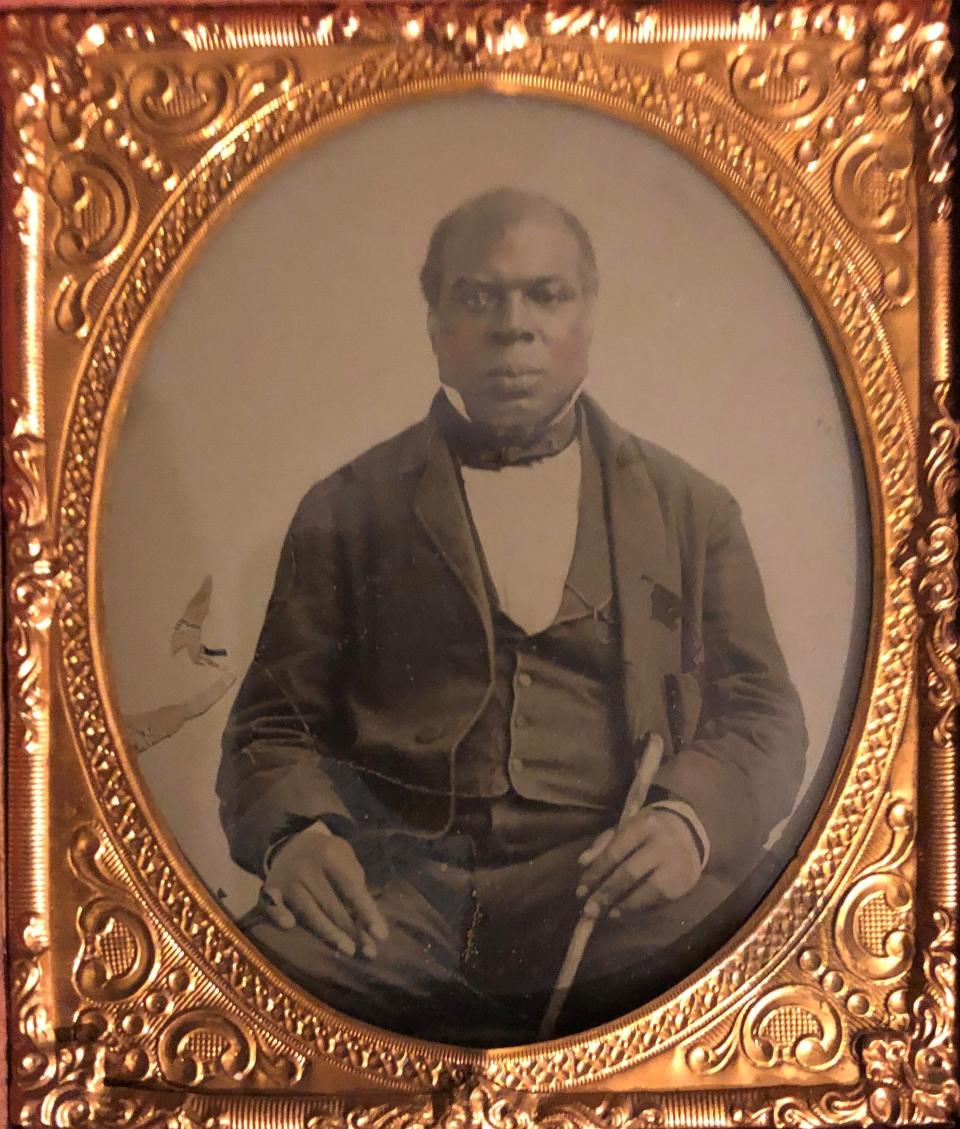
Q. You recently acquired a pair of ambrotypes (the second type of photography used commercially in which images are created on glass) you believe came from Goodridge’s studio. And there’s a possibility — just speculation at this point — that one of those pictured was Shrewsbury-area Underground Railroad operator Samuel Berry. How do you go about confirming the artist and authenticity of pieces such as these and/or other pioneering photographers?
A. The most reliable identifiers in early photographic images are in the images themselves. Cases or mats or slips of paper with names could have been changed or added later. But what is in an image is there from the moment it was created until the image is damaged or destroyed. Many images include accessories like chairs, tables, tablecloths, books, vases, curtains and backdrops.
While an individual accessory may not be unique, the combination of multiple accessories that match a photographer’s known works helps us narrow it down. Also, just as photographers today, early photographers repeatedly used specific poses that they liked.
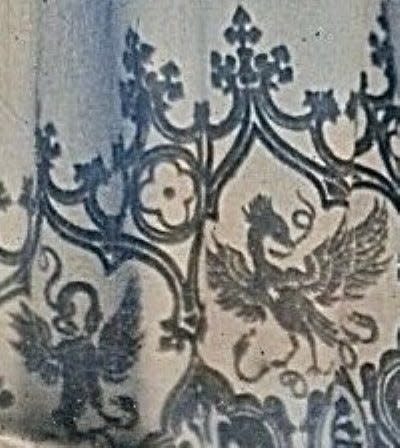
When you review a photographer’s work, you can see patterns of poses that they used. Glenalvin Goodridge left us multiple gifts when it comes to identifying his unsigned works. He used one specific tablecloth continuously from his earliest known signed works to the end of his career. He also used distinctive chairs. In some of his works, he used unique backdrops.
Identifying the potential Samuel Berry image is not easy. He is simply posed holding a cane with no accessories to help us identify the photographer. Luckily, a second image is in the same case. This one of a woman has an identical mat and preserver (a type of frame designed to help protect the image), which tells us it was likely taken at the same place and time. The woman is seated at a table with the “Goodridge” tablecloth and a large Holy Bible.
An image at the York County History Center has a boy seated at a table with the “Goodridge” tablecloth and a large book. Under magnification, an “L” can be seen on the spine that matches the font on the woman’s Holy Bible. This is not enough to be certain, but adding the pose of the woman and the fact that only a few ambrotypists were using the “Goodridge” tablecloth at the time this image was taken, we can be 99% certain that both images were taken here in York by Glenalvin Goodridge.
Finally, an engraving from a photograph of Samuel Berry taken less than 10 years later does exist and the resemblances cannot be ignored. The next step is to find additional images that may exist of Samuel Berry or of the woman in the other ambrotype to prove or disprove the identification.
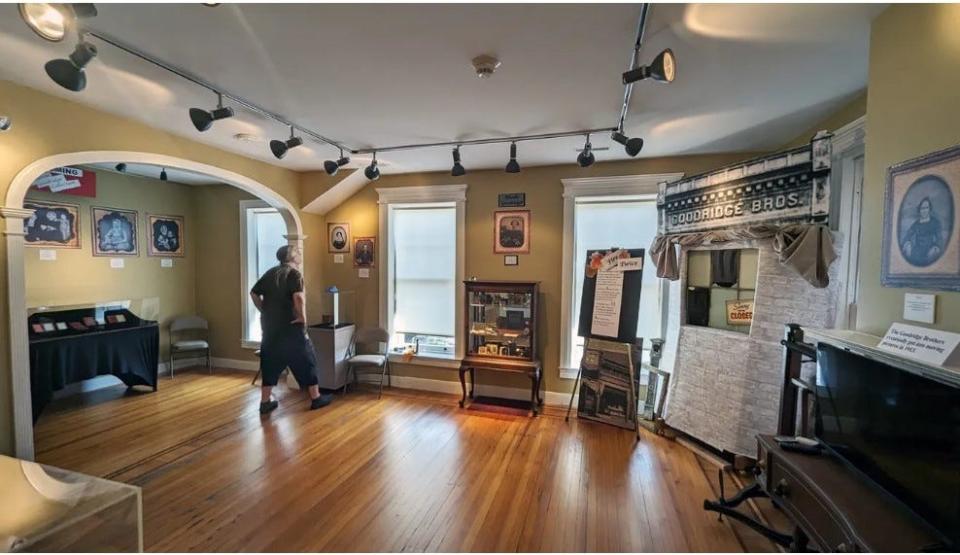
Q. Is there anything else that you think people should know about Glenalvin Goodridge and his photography?
A. Glenalvin Goodridge is a Yorker we can all be proud of. He had an amazing career and was respected by many of York’s citizens of the time. He helped build and support a community of free African Americans here in York.
His 15-year career came to a tragic end after a racist jury falsely found him guilty of raping a young white woman when he wasn’t even in York at the time. He was released by a gubernatorial pardon after a little over one year of his sentence, but he might as well have been given a death sentence. He either contracted tuberculosis in prison or existing health stressors common to the photographers’ profession were made so much worse that he died less than three years after being released from Eastern State Penitentiary. He died before his 40th birthday.
If you have old daguerreotypes or ambrotypes in your collection and would like to talk about them, please contact me at michael.ray.helfrich@gmail.com.
Jim McClure is a retired editor of the York Daily Record and has authored or co-authored nine books on York County history. Reach him at jimmcclure21@outlook.com.
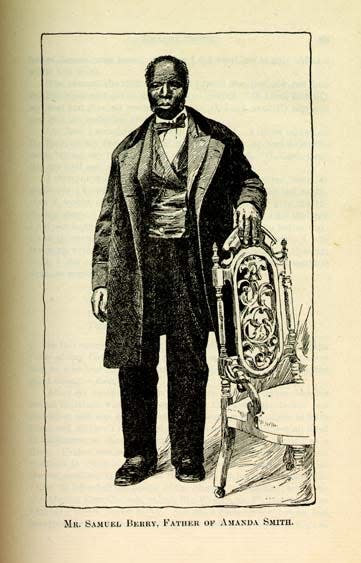
This article originally appeared on York Daily Record: York County, Pa. is the place to see Glenalvin Goodridge photos

